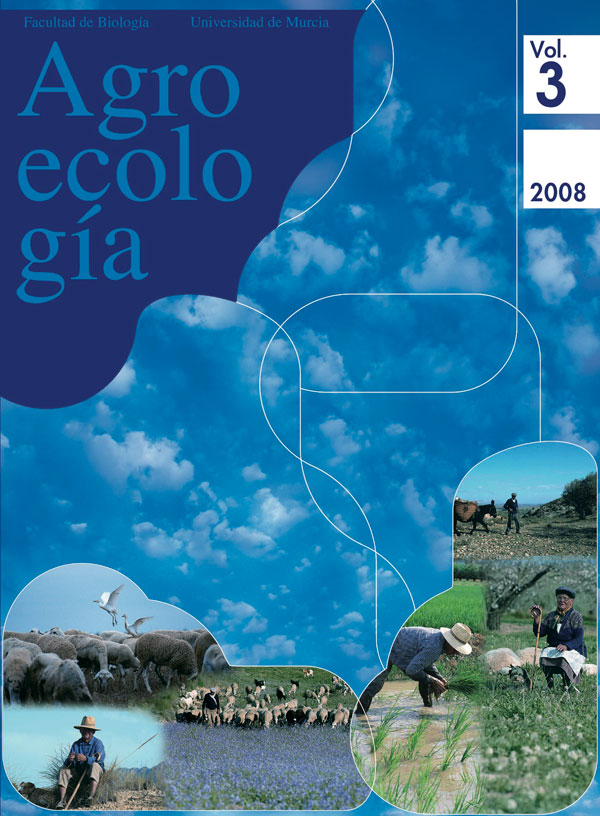Interesting techniques in barley breeding for drought and high temperature tolerance.II. Mobilization of photoassimilate
Abstract
Drought during the grain-filling period is the main factor that limits yield in cereals. The reserves accumulated in the stem are an important source of photoassimilates for grain-filling, a time when photosynthesis is commonly inhibited by heat/water stress. The mobilization of photoassimilates to the grain during this period was studied in 15 genotypes sown in the field in control and treatment blocks. The control block plants were maintained under optimum conditions for the entire growth cycle, while the treatment block plants were sprayed with a solution of potassium iodide to destroy the photosynthetic apparatus fourteen days after anthesis. The results show variability to exist between the genotypes in terms of translocation capacity, the breeding lines examined showing the greatest movement of photoassimilates (p<0.05). Earliness may have an influence on this capacity; certainly, the breeding lines reach maturity earlier than the traditional varieties examined.Downloads
Las obras que se publican en esta revista están sujetas a los siguientes términos:
1. El Servicio de Publicaciones de la Universidad de Murcia (la editorial) conserva los derechos patrimoniales (copyright) de las obras publicadas, y favorece y permite la reutilización de las mismas bajo la licencia de uso indicada en el punto 2.
2. Las obras se publican en la edición electrónica de la revista bajo una licencia Creative Commons Reconocimiento-NoComercial-SinObraDerivada 3.0 España (texto legal). Se pueden copiar, usar, difundir, transmitir y exponer públicamente, siempre que: i) se cite la autoría y la fuente original de su publicación (revista, editorial y URL de la obra); ii) no se usen para fines comerciales; iii) se mencione la existencia y especificaciones de esta licencia de uso.
3. Condiciones de auto-archivo. Se permite y se anima a los autores a difundir electrónicamente las versiones pre-print (versión antes de ser evaluada) y/o post-print (versión evaluada y aceptada para su publicación) de sus obras antes de su publicación, ya que favorece su circulación y difusión más temprana y con ello un posible aumento en su citación y alcance entre la comunidad académica. Color RoMEO: verde.





